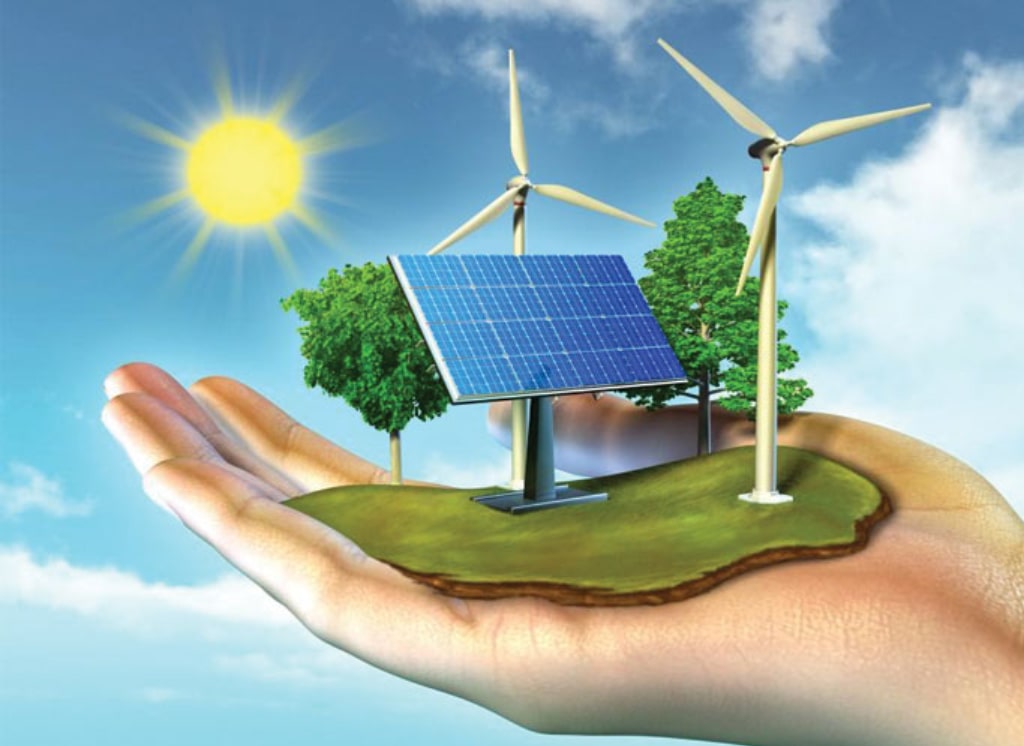Welcome to the Arta Mani Gostar WebSite.

These days we are witnessing the spread of news about the use of animal waste, fried burnt oil and other items such as liquid hydrogen as fuel. Although the use of water and water vapor to generate energy has a long history, researchers have recently been able to obtain the required energy from water at room temperature.
One of the first ways to get energy from water is to install turbines in the water flow path, which leads to energy production by turning the turbine blades. This style of energy production is still used in dams today. But obtaining energy from the evaporation of water naturally is a new method that has paved the way for humans to produce energy from a new method.
But how does the new method developed by Dr. اوzgür ینahin work? In the first step, it is better to have a look at the materials that he has used in the new tool. In order to extract energy from the water vapor that rises from surface water, Dr. Shahin has developed a new tool called Hydra (HYDRA-Hygroscopy Driven Artificial Muscles). In fact, the device contains artificial muscles that are able to absorb water molecules from the environment. Artificial muscles are plastic bands that contain bacterial spores. If these muscles are exposed to water vapor, they expand and return to their original state if they dry out due to contraction.
Various motors have been designed to receive energy from this process of expansion and contraction. The first example consists of a chamber containing several artificial muscles. As water passes through the substructure of this chamber, it becomes slightly wet, and as a result, the muscles begin to absorb molecules, or water vapor, which leads to suction in the engine. By passing water vapor through a narrow tube to the muscles, the suction force causes the blades of the electromagnetic generator to rotate, generating energy. Shutters are installed at the top of the chamber, which open as the muscles expand, resulting in the chamber being drained of moisture. As the moisture drains and the muscles contract, the valves close and the process repeats in a cycle.
In each cycle, this engine is able to produce 50 microwatts of energy, which is not a lot, but the point that doubles the value of this engine is the ability to extract energy from some stagnant water at ambient temperature, which is not particularly useful. If the water source temperature is around 60 degrees Celsius, the opening and closing speeds of the valves will be reduced to 40 seconds. At 70 degrees Celsius, the opening and closing speeds of the valves are reduced to 20 seconds and at 90 degrees to 10 seconds. With the electrical energy generated at this stage, a small LED lamp can be turned on or radio waves can be transmitted. According to information provided by Azgour Shahin, the cost required to produce the entire engine package is only $ 5.
The engine is still in the early stages of development and we should not wait for commercial models of this engine in the near future, because the process of this engine does not yet have an ideal output in terms of energy production and requires optimization and therefore energy production on a larger scale. Is. Perhaps in 2025 we will see the installation of such engines on pools designed and built to collect rainwater; So still using wind turbines and solar battery panels is the most commercial way to generate green heat.